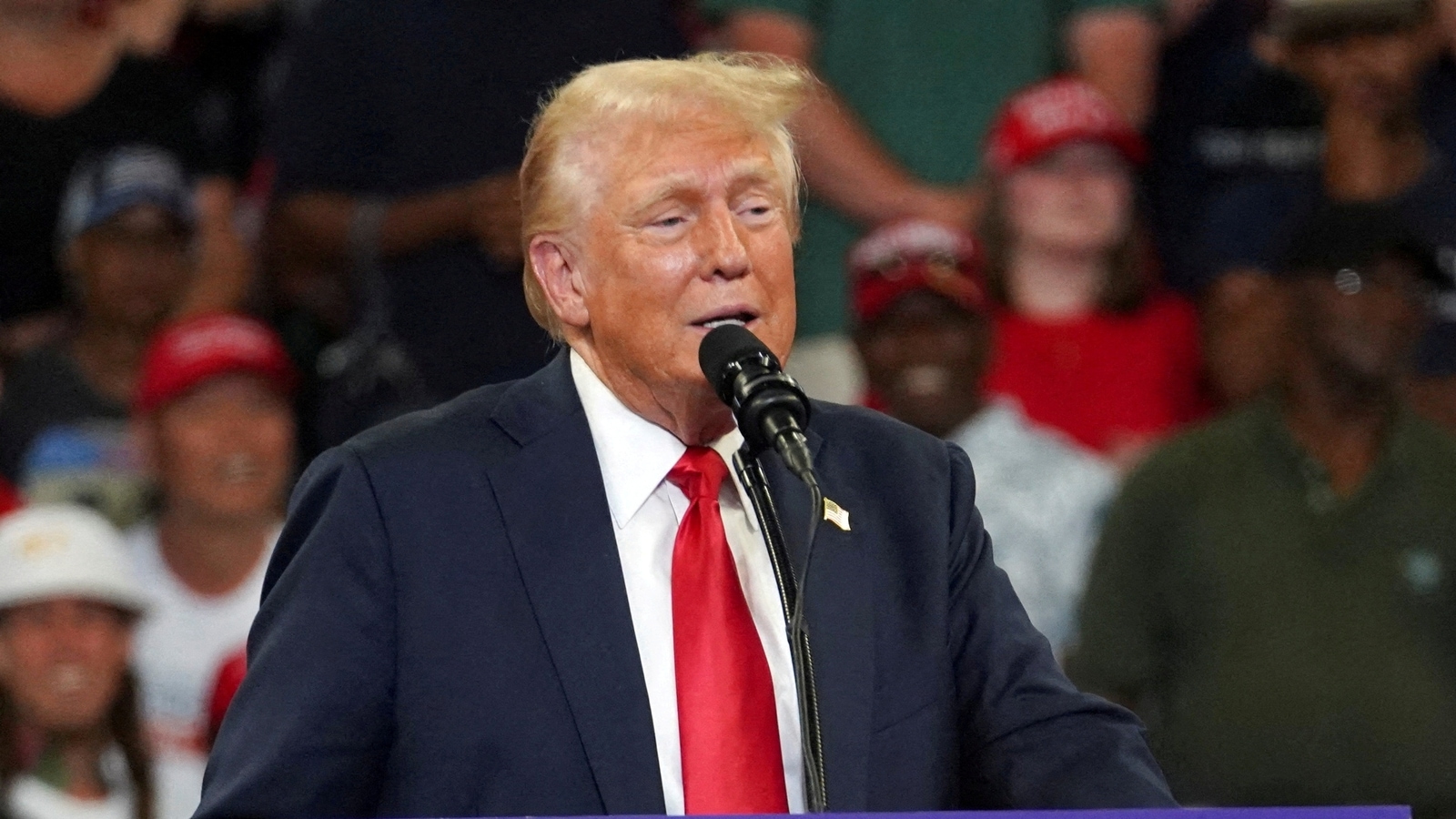World
Trump’s H-1B visa wage rule offers clues to immigration policy if ex-prez wins in November

If Donald Trump wins the election in November, a Trump administration rule in 2020 that was designed to price H-1B visa holders and employment-based immigrants out of the United States labour market offers clues to US immigration policy. The rule is blocked on procedural grounds. However, companies were alarmed when the rule boosted the required minimum salary for foreign-born professionals beyond the pay of similar United States employees.
The US Department of Labour in October 2020 published a rule that went on to raise the minimum wage needed for employers to pay H-1B visa holders and employment-based immigrants. At present, by law, employers are required to pay H-1B professionals the prevailing wage or actual wage paid to similar US workers. For employers to sponsor employment-based immigrants for permanent residence, the latter needs a prevailing wage determination. There was no change in the law, but the Trump administration wrote a regulation that led to the salaries required to be paid to foreign-born scientists and engineers to significantly increase.
The rule was published, following which immigration attorneys found that Trump officials had directed DOL to “hijack” the mathematical formula that had to be used to determine prevailing wages, Forbes reported. After the formula was changed, employees were required to pay high-skilled foreign nationals much more than the market wage. This became clear under the Trump rule upon comparing private sector salary surveys to federal government wage determinations.
According to the DOL website, the prevailing wage is “the average wage paid to similarly employed workers in a specific occupation in the area of intended employment.” “That means statistics, not politics, should control the prevailing wage,” said Kevin Miner of Fragomen when the rule was published. “The new DOL regulation artificially pushes the prevailing wage well above what the data shows it to be.”
More about the rule
Upon close examination, it was found that several cases under this rule would possibly become impossible when hiring an H-1B visa holder or sponsoring a foreign national for permanent residence. An analysis by the National Foundation for American Policy found that under the DOL rule, the required salary for a petroleum engineer rose by 100% at Level 1, minimum annual salaries rose by 200% or more for some common occupations, and more.
The DOL wage rule was published by the Trump administration as “interim final,” making the rule more vulnerable to litigation. However, on December 1, 2020, the DOL wage rule was vacated and set aside by US District Judge Jeffrey S. White, as was a separate Department of Homeland Security rule that restricted the H-1B visa category. “Defendants [the Trump administration] failed to show there was good cause to dispense with the rational and thoughtful discourse that is provided by the APA’s [Administrative Procedure Act] notice and comment requirements,” Judge White said.
Subsequently, in January 2021, the Trump administration attempted to salvage the DOL regulation by moving directly to a final rule before Trump left office. The final rule’s main objective was similar to the original one’s – pricing H-1B visa holders and employment-based immigrants out of the US labour market.
In March 2021, the US Chamber of Commerce and other organisations filed an amended complaint saying the DOL final rule went against the statutory language by “rendering H-1Bs available only to those individuals that are paid commensurate with skills equivalent to a master’s degree,” among other things. “This is a naked attempt to substantially raise the eligibility criteria for H-1B visas,” he added.
The Joe Biden administration did not oppose vacating the rule and the DOL regulation was delayed until November 2022. The Department of Labour in April 2021 sought information from the public to calculate the prevailing wage for H-1B visa holders and employment-based immigrants.
SHRM reported in JUne 2023, “The Department of Labor has moved its proposal to raise prevailing wage rates for the H-1B visa and PERM programs to its long-term agenda, historically the first step to a proposal being shelved permanently.” No other action has been taken on the rule by DOL.









